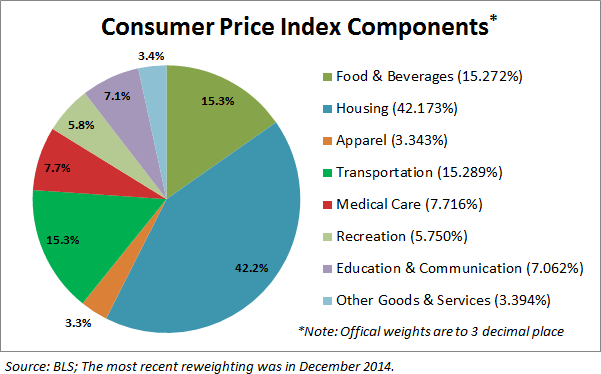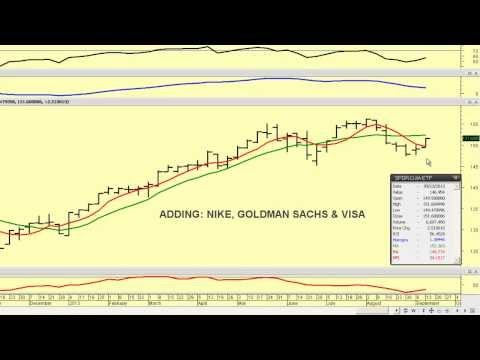Inside the Dow Jones Industrial Average ETF (DIA) ETF News And Commentary
Post on: 29 Сентябрь, 2015 No Comment

Share | Subscribe
For over a hundred years, the Dow Jones Industrial Average (DJIA) has been serving as the primary benchmark of American stock performance. Although the benchmark certainly has its limitations its longevity is unmatched and its reign over investor perceptions about stocks is legendary. 
Still, while the market has certainly shifted a great deal from the time in which the Dow was first created, the benchmark has been relatively flexible and able to alter its focus away from the industrial-focused economy of the past and more on the service/knowledge economy we see today (read Are QE3 and Mortgage REIT ETFs a Winning Combo? ).
Beyond the DJIA, investors also have the S&P 500, which some argue is actually the better benchmark for stock market performance. This benchmark consists of a much biggest basket of stocks and utilizes a different weighting system in order to track American stock performance.
Either way, investors have a great deal of options including taking an ETF approach for the benchmarks. The SPDR S&P 500 ETF ( SPY ) and the SPDR Dow Jones Industrial Average ETF ( DIA ) are two such products by State Street Global Advisors which track the S&P 500 and the DJIA, respectively.
However, before discussing the pros and cons of each of these ETFs it is important to understand the differences between the two. The following section discusses some of the key differences:
Weighting Methodology and Index Construction
The DJIA is a price weighted index composed of 30 large cap stocks in the U.S. equity market, contrary to its counterpart S&P 500 which is a market capitalization weighted index and consists of 500 stocks.
Earlier, the value of DJIA used to be computed on a simple average basis by adding the price of each component and dividing it by the number of components. However, presently the index construction employs a Dow Divisor to incorporate management based changes such as stock splits and dividend payouts (see 12 Ways to Earn High Yields with ETFs ).
Relative Movement within the Index
This implies that companies with higher market price would receive a more superior weighting than a company with a lower price. Therefore the index is more biased towards stocks with a higher share prices like IBM, instead of low price ones like Alcoa (AA). For example, the index value will be more sensitive to a 10% change in a $100, than a 10% change in a $50 stock, regardless of how big the companies actually are.
On the contrary, the S&P 500 averages out the percentage change of each component on its portfolio as it employs a market capitalization weighted technique. Therefore, a 10% change in a $100 stock and a 10% change in a $50 stock will be dependent on their number of shares outstanding (Note: Market capitalization equals price per share multiplied by the number of shares outstanding) (read Five Best Performing ETFs (So Far) in 2012 ).
Small Sampling Bias

The components of DJIA include only those stocks which are considered to be leaders in their respective industries since the index is composed of a small sample of 30 stocks. On the flip side, the S&P 500 gives a more holistic picture of the economic trends in the U.S. since it consists of a sample size which is 16.67 times that of the DJIA.
Given this fact, one could argue that the S&P 500 is a better indicator of sector as well as broad based trends in the U.S. equity market.
The Apple Effect
Yes, it’s true. Everybody’s favorite — Apple Inc, is not included in the portfolio of the Dow. One reason could be the fact that in earlier days the DJIA was only composed of stocks that were traded on the New York Stock Exchange when Apple Inc was traded on the NASDAQ.
However, it is widely believed that with a current market price of well north of $650/share Apple Inc would severely distort the index value even with minor price changes. International Business Machine Corp (IBM) is the company with highest price weight in the DJIA. As of September 27 th 2012, IBM was trading at $205.91 (see Three ETFs with the Most Apple Exposure ).
Nevertheless, despite these differences, it is noteworthy that on an average, over the past 3 years, the one month rolling correlation between the two indexes is 98%. The same has hit a maximum of 99.7% and never gone down below 78%. Therefore, statistically there doesn’t seem to be much of a difference between the two and their overall performance over long time periods.
Coming back to the ETFs, the table below compares the two across various parameters that should be considered by investors before taking an investment decision.














